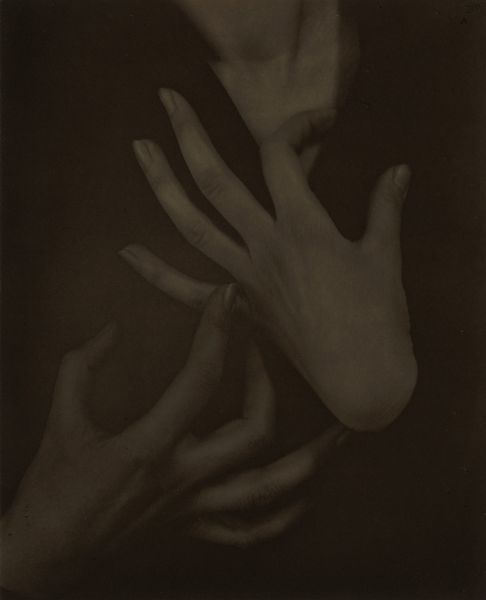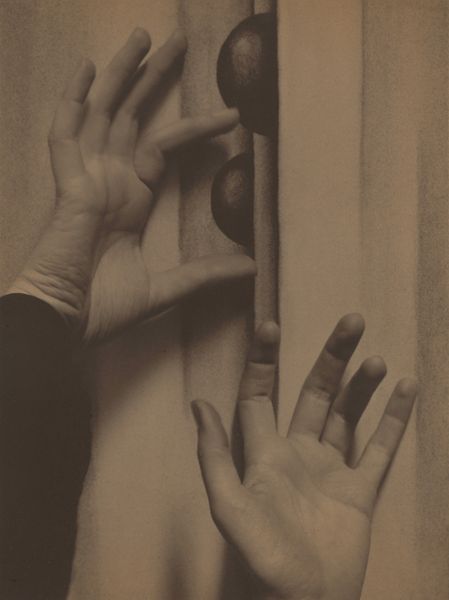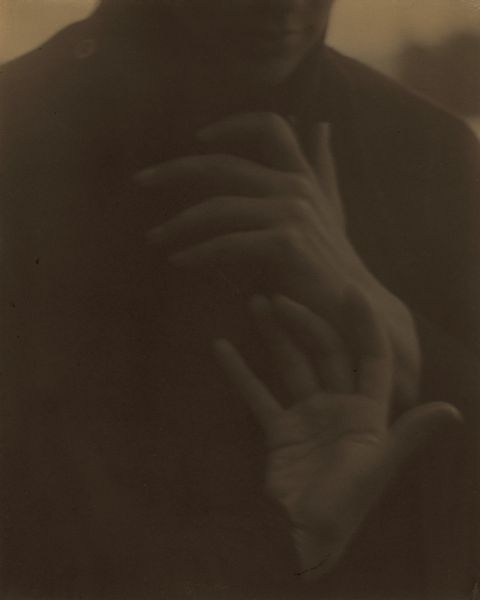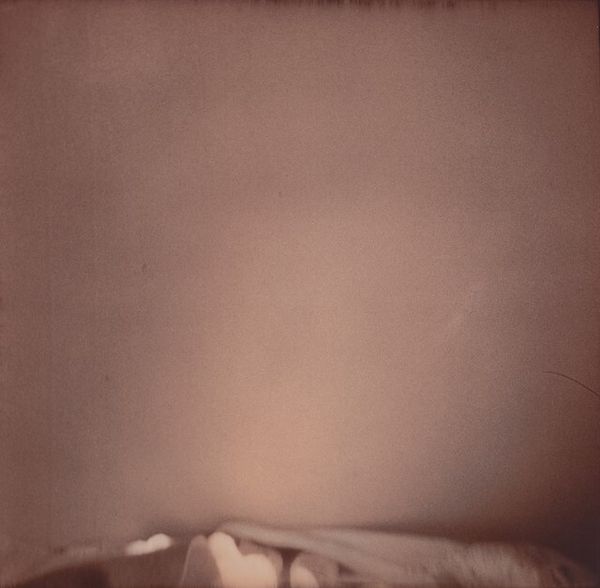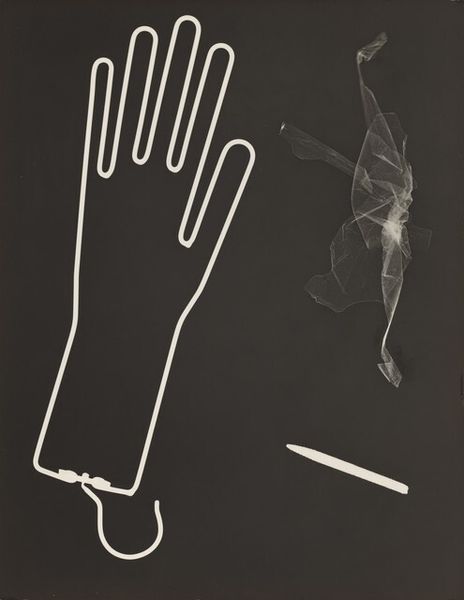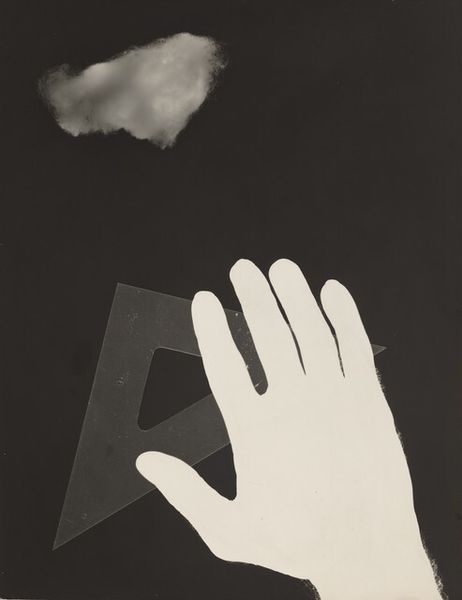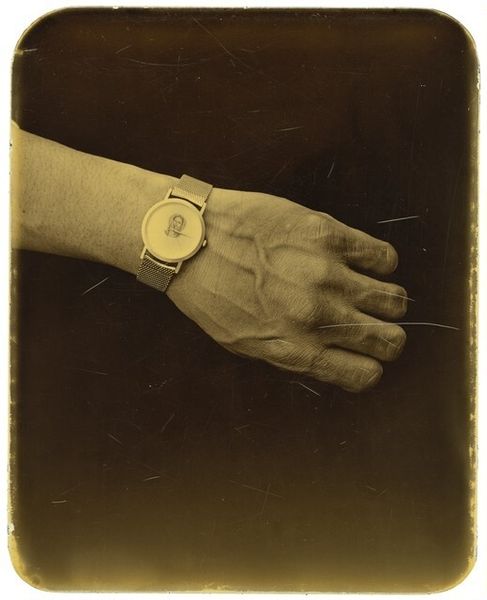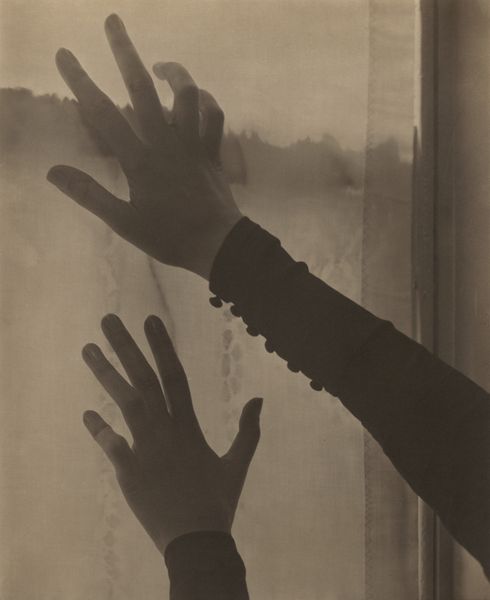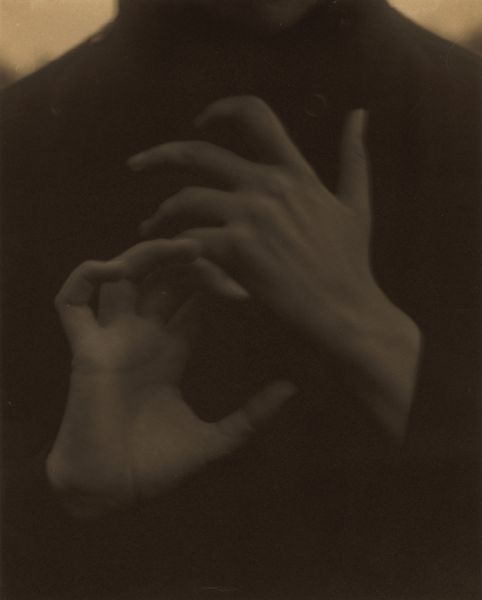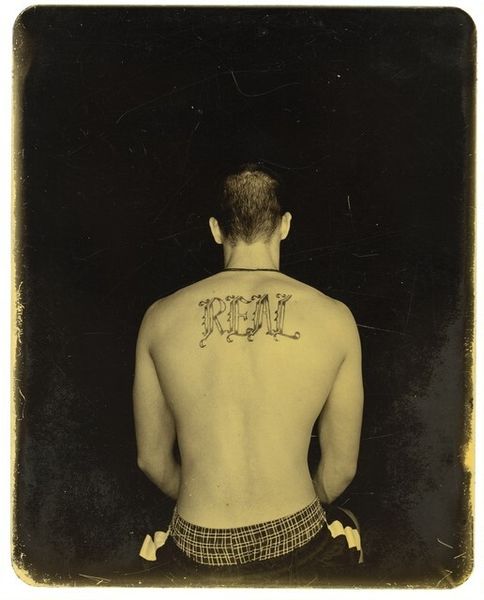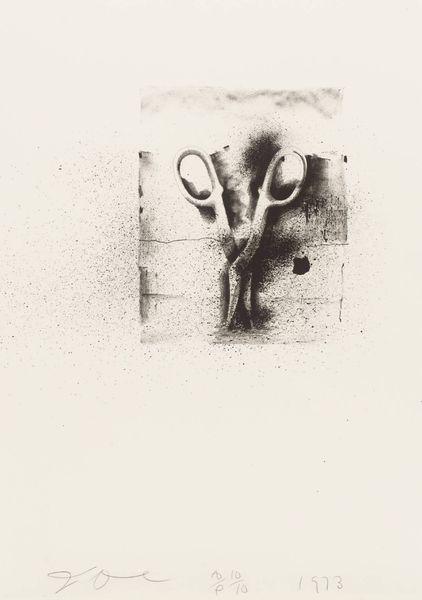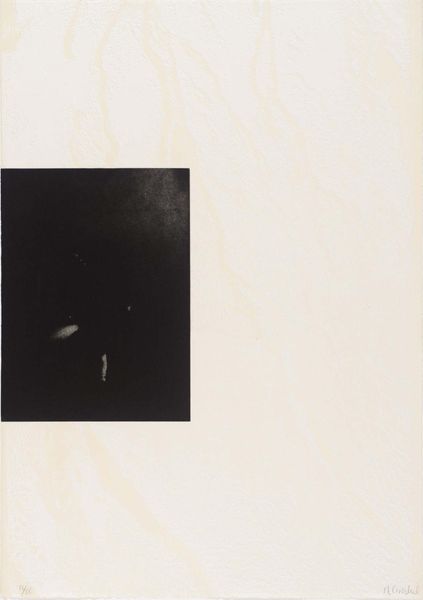
photography, gelatin-silver-print
#
portrait
#
contemporary
#
photography
#
gelatin-silver-print
#
realism
Dimensions: image/plate: 12.6 × 10.1 cm (4 15/16 × 4 in.)
Copyright: National Gallery of Art: CC0 1.0
Curator: Deborah Luster's photograph, "St. Gabriel, Louisiana," created in December of 2000, confronts us with a potent image. Editor: My initial reaction is stark simplicity. The composition is immediately striking—an outstretched arm against a deep, almost oppressive black. It's a gesture of offering, or perhaps a plea. Curator: Luster often engages with marginalized communities, and the title suggests a specific geographical and social context: St. Gabriel, Louisiana. Considering that, I see this as a work deeply embedded in issues of identity, place, and the human condition within the American South. Editor: It’s also important to recognize that this is a gelatin silver print, which affects the material reality of the image itself. The tones, that slight sepia cast, are all consequences of a conscious material choice. I wonder, why this process? What aspects of history, of craft, is the artist looking to tie into the work by this method? Curator: Precisely. Gelatin silver prints offer a tangible connection to the history of photography as a medium. There is also something incredibly human about focusing on a single element, like an arm. In art-historical terms, focusing on just one body part is reminiscent of religious relics that often focused on singular pieces of human anatomy to elicit powerful ideas. I am immediately reminded of the hand of St. Teresa of Avila, often placed on display as a Holy relic. Editor: The tattoos are impossible to ignore; it begs the question of their production and creation. And what do they depict? The medium adds another layer: the way light reflects on the silver gives depth to the tattoos that you can’t ignore. These images imprinted on skin as much about claiming the body and marking its history. Curator: Definitely. And, let’s consider how such a portrait is displayed in museums. Does that institutional framing further amplify or perhaps mute the complex narrative of personal and collective histories embedded in the subject’s skin? Editor: It’s that interplay between personal expression and the larger sociopolitical frame that I find so compelling. Luster presents us with an incredibly considered image, prompting conversations around labour, medium and social place. Curator: Absolutely, seeing this work encourages reflection on the enduring power of images to connect with shared experiences and individual identities.
Comments
No comments
Be the first to comment and join the conversation on the ultimate creative platform.
